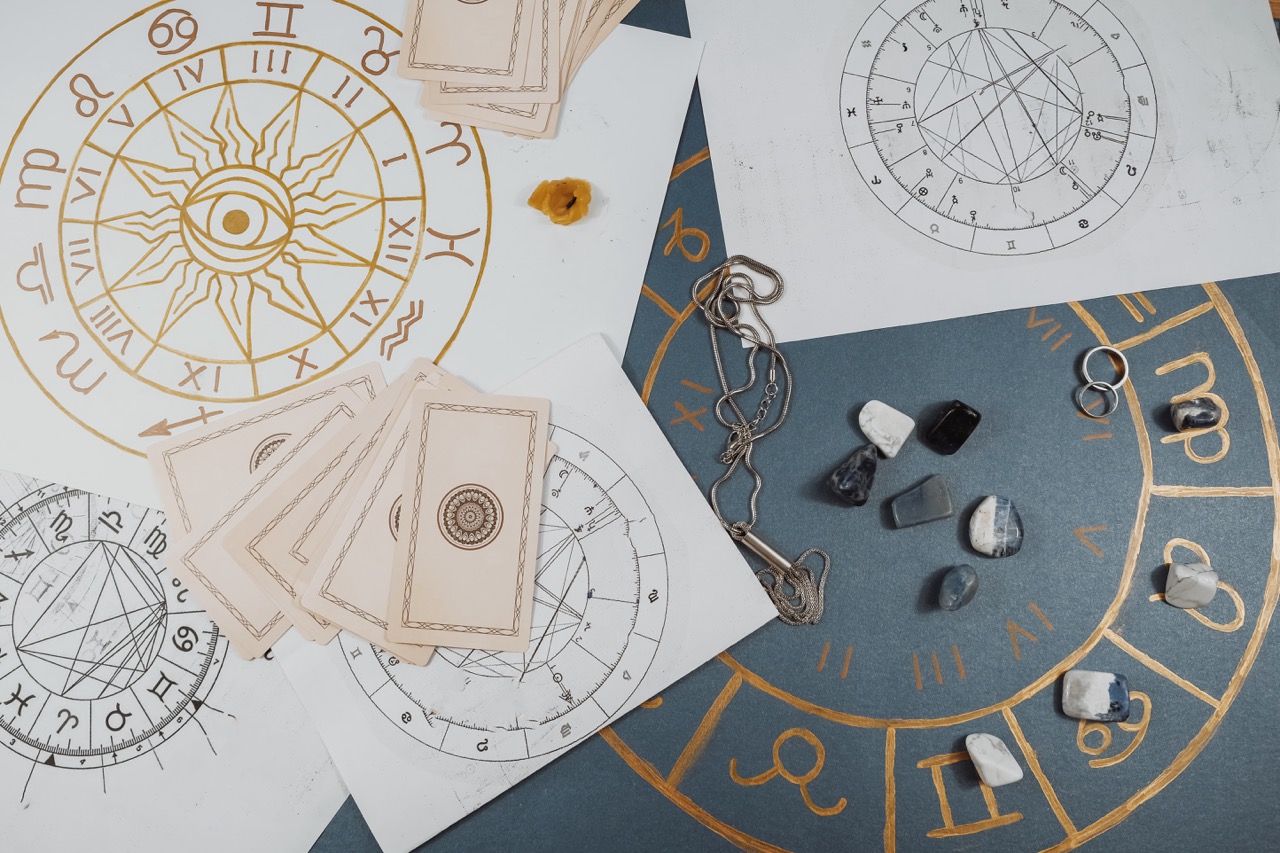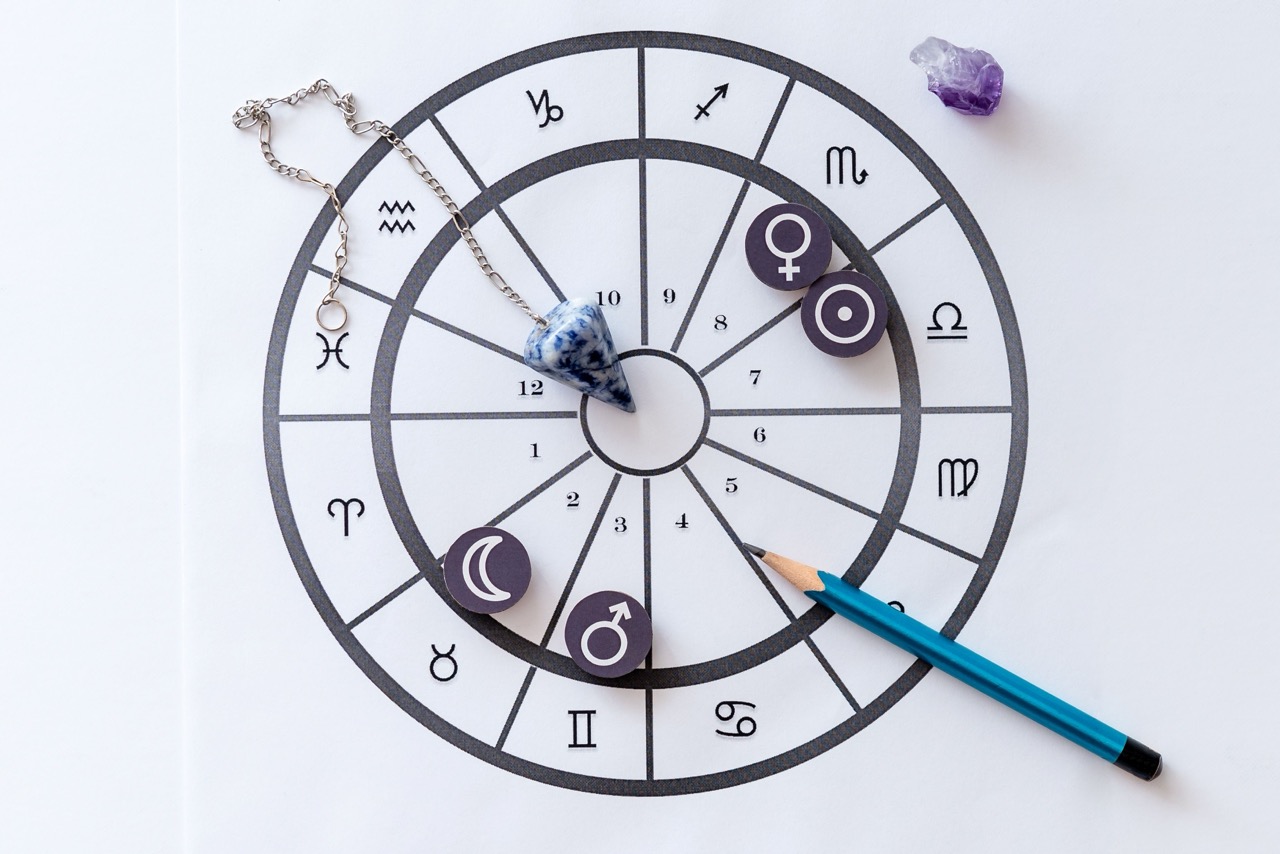In the realm of astrology, where the cosmic and earthly intertwine, few figures stand out as boldly as Elsbeth Ebertin. An adept astrologer and a pioneering force in the field, Ebertin’s unique approach to astrology allowed her to decipher the intricate patterns of the universe and their profound impacts on historical events. By exploring the celestial movements, Ebertin crafted a distinctive narrative that bridged the gap between the stars and human experience. This article delves into her remarkable journey, her groundbreaking methods of prediction, and the lasting legacy she carved within the astrological community.
Unveiling the Stars: Elsbeth Ebertin’s Astrological Journey
Elsbeth Ebertin was born in 1900 in Germany, a time ripe with philosophical inquiry and scientific exploration. Her early exposure to astrology was not merely a whimsical interest but a deep calling that resonated with her keen intuition and intellect. Ebertin’s journey into the stars began with a rigorous study of the astrological traditions, where she sought to understand not only the mechanics of the celestial bodies but their profound influence on human destiny. She quickly became a prominent figure in astrological circles, renowned for her analytical prowess and innovative perspectives.
Her studies led her to a pivotal realization: astrology was not just a tool for personal insight but a lens through which one could view the unfolding drama of human history. Ebertin blended traditional astrological techniques with modern scientific inquiry, seeking to find coherence between celestial phenomena and worldly events. Her commitment to empirical research set her apart from her contemporaries, and she soon began to compile extensive data that correlated astrological transits with significant historical milestones.
By the mid-20th century, Ebertin had established herself as a scholarly authority, publishing influential works that challenged existing paradigms within astrology. She garnered a following, inspiring both aspiring astrologers and historians to consider the profound implications of celestial interplay. Ebertin’s journey was a testament to her belief that the universe communicates through a cosmic language, urging humanity to listen closely to the whispers of the stars.
The Cosmic Dance: How Astrology Illuminated History
Ebertin firmly believed that the movements of planets and stars were not random but part of a grand cosmic dance that mirrored human experiences. By observing the celestial alignments during major historical events, she discerned patterns that revealed deeper truths about the human condition. Her research illuminated how astrological configurations could forecast wars, revolutions, and societal shifts, transforming the way people understood history itself.
One of her most compelling assertions was that eclipses and planetary conjunctions held particular significance in foreshadowing critical events. For example, she meticulously analyzed the 1945 atomic bombings of Hiroshima and Nagasaki, correlating them with planetary alignments that indicated tension and conflict. Her findings suggested that attention to celestial patterns could provide insights into the emotional and psychological climate of societies at pivotal moments, revealing the interconnectedness of humanity and the cosmos.
This cosmic perspective offered a new framework for interpreting historical narratives, asserting that the stars were not mere ornaments in the sky but active participants in shaping human destiny. Ebertin’s work encouraged historians, political analysts, and astrologers alike to embrace a holistic view of history, acknowledging that the celestial realm could provide invaluable insights into the motivations and conflicts that drive human behavior.
From Celestial Charts to Groundbreaking Predictions
With her keen analytical skills, Elsbeth Ebertin developed a unique system of astrological prediction that straddled the realms of science and intuition. Her approach involved creating detailed celestial charts, meticulously mapping the positions of planets against historical timelines. This systematic methodology allowed her to draw correlations between specific planetary movements and the timing of significant events, creating a framework for understanding future occurrences based on historical data.
Through her predictions, Ebertin demonstrated a remarkable ability to anticipate not only political upheavals but also social transformations and cultural shifts. Her insights were both timely and precise, as she forecasted the rise and fall of leaders, the onset of wars, and the emergence of social movements. This insightful synthesis of astrology and historical context was revolutionary, challenging the skepticism surrounding astrology by showcasing its potential validity as a predictive tool.
Ebertin’s work inspired a generation of astrologers to embrace empirical research, urging them to look beyond intuition and into the patterns woven into the fabric of the cosmos. By providing tangible evidence of astrology’s relevance to historical events, she opened the door for a broader acceptance of astrological practices, inviting people to explore the significance of celestial alignments in their own lives and the world around them.
Embracing the Universe: Ebertin’s Lasting Legacy in Astrology
Elsbeth Ebertin’s contributions to the field of astrology have left an indelible mark that continues to resonate with practitioners today. Her innovative approach to integrating celestial observations with human history has set a high standard for astrological research. Ebertin’s legacy is characterized not only by her scholarly publications but also by her encouragement for others to seek understanding through the stars, fostering a sense of connection to the universe that transcends the individual.
Today, many astrologers draw inspiration from Ebertin’s work, striving to uphold her principles of empirical analysis and historical correlation. Her methodologies are often taught in contemporary astrological studies, reinforcing the idea that astrology is a dynamic and evolving discipline. By advocating for a rational approach to celestial interpretation, Ebertin paved the way for future generations to explore the symbiotic relationship between the cosmos and human experience.
In a world ever more captivated by the stars, Elsbeth Ebertin reminds us that astrology holds the potential to unveil profound truths about ourselves and our shared history. Her life’s work encourages an ongoing dialogue between the celestial and terrestrial, inspiring us to look up and embrace the universe’s whispers as we navigate the intricate tapestry of life.
Elsbeth Ebertin’s journey through astrology is a remarkable testament to the power of observation, research, and intuition. By unveiling the connections between celestial movements and historical events, she not only enriched the field of astrology but also offered a new lens through which to understand our world. Ebertin’s legacy continues to inspire those who seek to navigate the complexities of life while embracing the cosmic dance that influences us all. Her story is a powerful reminder that the universe, in all its vastness, invites us to explore, question, and ultimately connect with the stars above us.




